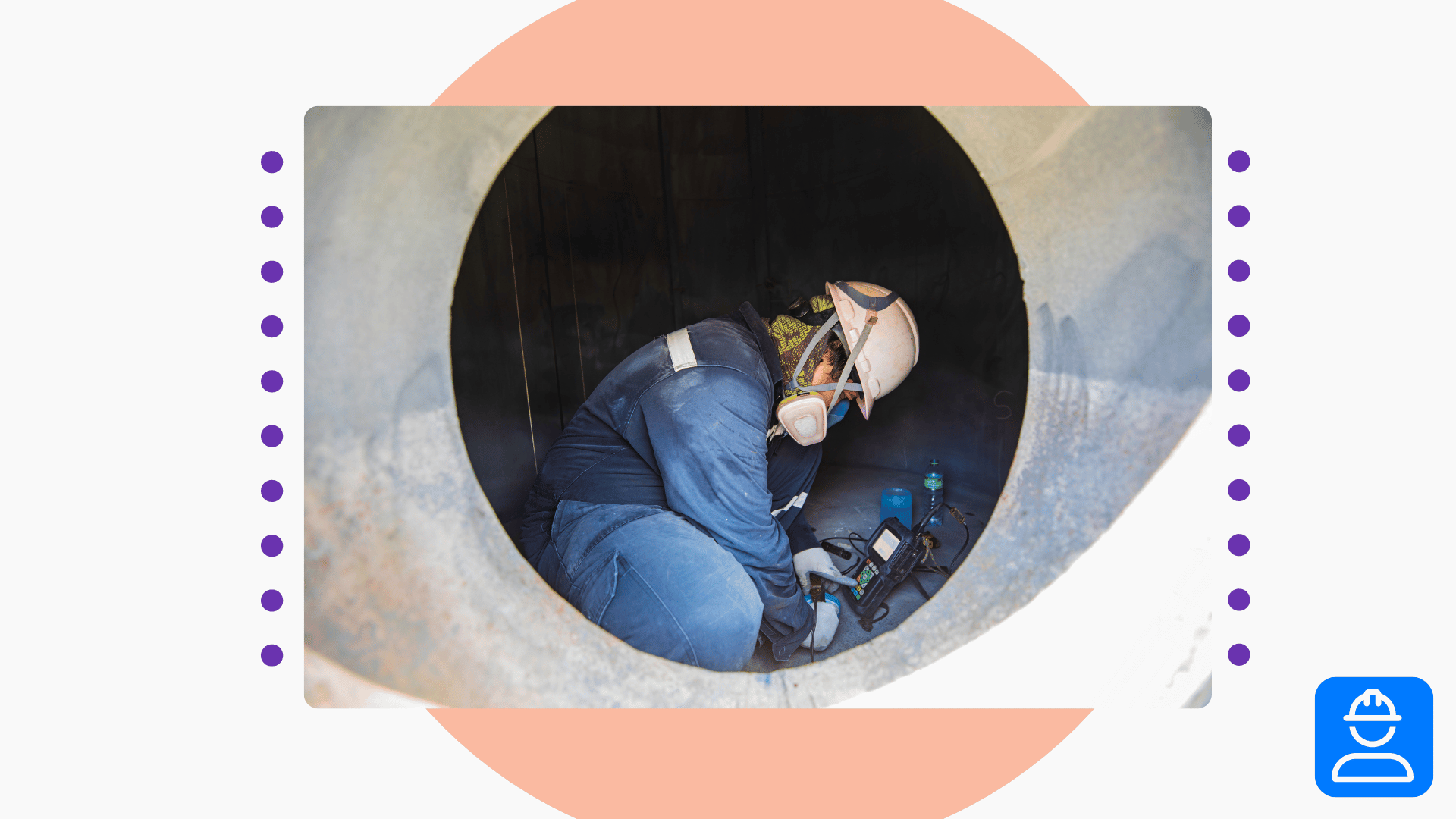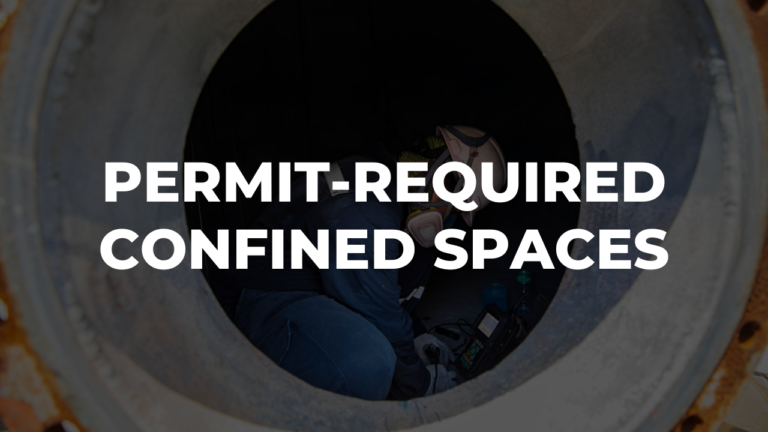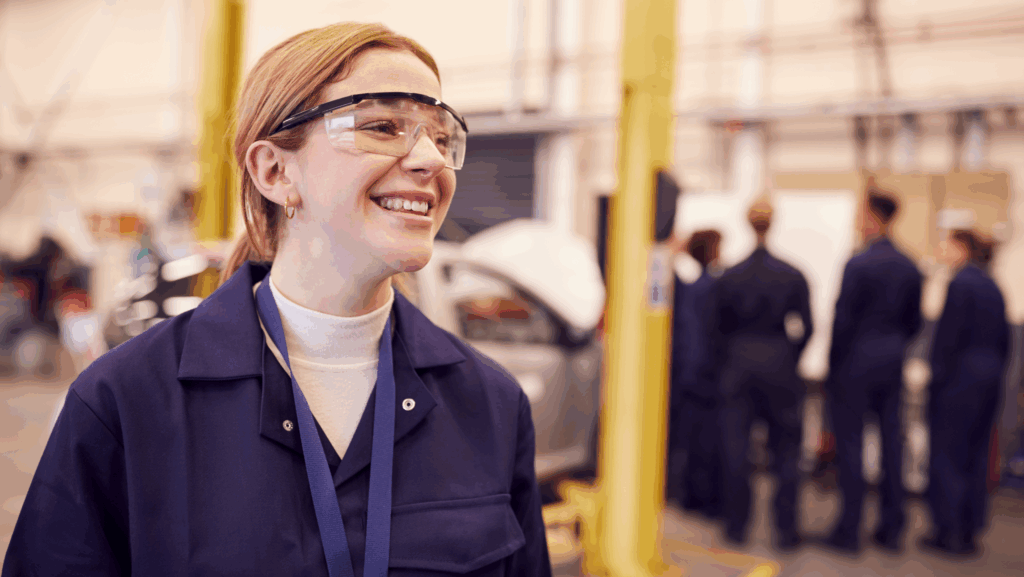Whether a tunnel, excavation site, cave, or anything in between, confined spaces pose many risks that require extra safety protocols and oversight. This confined space toolbox talk gives your workers much-needed reminders for understanding risks, identifying hazards, and practicing safe behaviors.
Free confined space safety training
Access this confined space training course from our Frontline LMS content library.
Confined space toolbox talk overview
In this toolbox talk, we’ll talk:
- Confined space safety risks
- Finding and reporting hazards
- Working in confined spaces
Accountability and awareness are both essential for staying safe in confined areas. We’re all responsible for our own safety, as well as the safety of the entire work area.
Safety risks in confined spaces toolbox talk
Although confined spaces are often small, they can be some of the most dangerous work environments imaginable. The main safety risks to be aware of are:
- Inhalation from atmospheric hazards
- Equipment-related incidents and injuries
- Cave-ins and emergency access incidents
When working in confined spaces, personal safety is key. Stay alert for signs of safety hazards by regularly monitoring the air quality and double-checking heavy equipment.
Finding and reporting hazards
When entering a confined space, it’s important to quickly identify any safety hazards that may cause an issue. If the hazard is easy to remove or control, do that right away.
You should never attempt to fix a hazard if you’re unsure of how to do it. Only workers who are qualified to handle and operate equipment like fans, electrical components, and monitors, should do so.
If you can’t fix the hazard before starting work, report it to your supervisor. It’s the responsibility of the management team to make sure the area is safe and controlled. Sometimes, we may need to block it off and correct hazards before anyone can safely enter the area.
Confined space safety behaviors
Here are some safe behaviors you should always practice when working in a confined space:
- Do a hazard assessment of the area before starting work activities.
- Know where the entry and exit points are and make sure they’re clearly marked.
- Don’t forget to keep your confined space permit updated.
- Only use the equipment that you’re trained to operate.
- Wear the appropriate PPE for each task you’re doing, including gloves, masks, goggles, and more.
- Follow atmospheric monitoring protocols and test the air quality frequently.
- Make sure you know the emergency protocols for every confined space you enter.
All it takes is one person working unsafely to compromise the integrity of the entire worksite. We all have a responsibility to keep each other safe by following the safety procedures.




